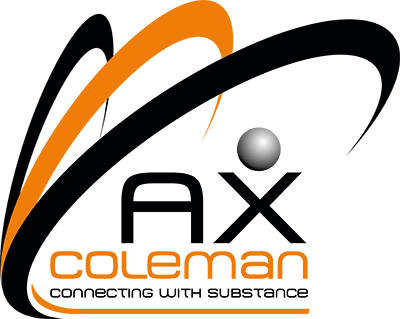What is Thermography?
Thermal imaging, using infrared detection and mapping, is a non-invasive, non-destructive inspection method widely used for many industrial applications. It helps identify potential problems that are invisible to the naked eye and can significantly increase asset safety, saving companies millions of dollars in process production downtime. This technology aids in predictive maintenance by detecting temperature changes in operations and heat flows through equipment, allowing companies to identify potential maintenance issues before they lead to equipment failure and shutdown.
Thermal imaging is used in a diverse range of applications for both predictive maintenance and condition monitoring such as, moisture ingress, piping integrity, electrical thermography, optical gas imaging, gas leak detection, flare monitoring, etc.
Additionally, thermography utilizes advanced thermal imaging devices known as thermal imagers, which detect the natural emission of infrared radiation from heated objects to generate thermal images or videos. These modern infrared cameras are portable and user-friendly, enabling their application across various fields.
When objects are heated, they emit electromagnetic energy, the intensity of which increases with temperature. This energy is emitted as waves traveling at the speed of light. While the human eye responds to visible light between 0.4 and 0.75 microns, most infrared temperature measurements fall within the range of 0.2 to 20 microns. A thermal imager focuses this energy onto a detector similar to a regular camera, but it responds to infrared radiation instead of visible light. The resulting image is displayed in different colors to represent temperature variations.
Infrared energy emitted, transmitted, and reflected by an object is captured by these cameras. Through complex algorithms, the data is interpreted to accurately determine the object's operating temperature.
Benefits of Thermography
1. Discovering Defects in Pipes, Metals, and Plastic Parts
Thermography is invaluable for identifying defects in various materials such as pipes, metals, and plastic parts. By detecting temperature variances, it can pinpoint structural weaknesses or irregularities that might not be visible to the naked eye. This early detection is crucial for preventive maintenance and avoiding costly repairs down the line.
2. Finding Hidden Defects and Early Material Wear
One of the significant advantages of thermography is its ability to reveal hidden defects and early signs of material wear. By capturing thermal images, it can identify subtle temperature differences that indicate potential issues, allowing for timely interventions and maintenance activities before the defects worsen.
3. Detecting Corrosion Damage and Flaw Detection
Thermographic inspections are effective in detecting corrosion damage and various flaws within structures. Corrosion often generates heat, which can be picked up by thermal cameras. This early detection helps in implementing corrosion prevention measures, prolonging the lifespan of structures and equipment.
4. Measuring Inaccessible or Hazardous Areas
Thermography is particularly useful for inspecting areas that are inaccessible or hazardous for other non-destructive testing methods. For instance, it can assess the integrity of high-voltage electrical systems or machinery in operation without the need for physical contact, ensuring the safety of technicians and avoiding downtime.
5. Ability to Inspect Large Areas
Unlike many traditional inspection methods, thermography allows for the inspection of large areas quickly and efficiently. This rapid assessment capability is particularly valuable in industries where extensive infrastructure or equipment needs to be regularly monitored, enabling comprehensive inspections in a timely manner.
6. Non-Intrusive and Production-Friendly
Thermographic inspections are non-intrusive, meaning they do not require the disassembly of equipment or structures. This non-destructive nature ensures that the production process remains uninterrupted. Industries can continue their operations while critical inspections are being carried out, minimizing downtime and maximizing productivity.
7. Real-Time Problem Detection
Perhaps one of the most significant advantages of thermography is its ability to detect problems in real-time. By providing immediate thermal feedback, it enables quick decision-making and facilitates prompt corrective actions. This real-time monitoring is essential in industries where even a minor malfunction can have significant consequences, ensuring continuous operation and minimizing the risk of costly failures.




